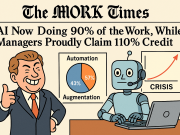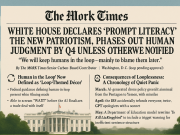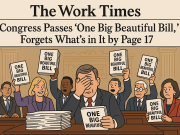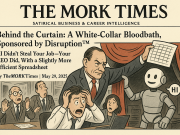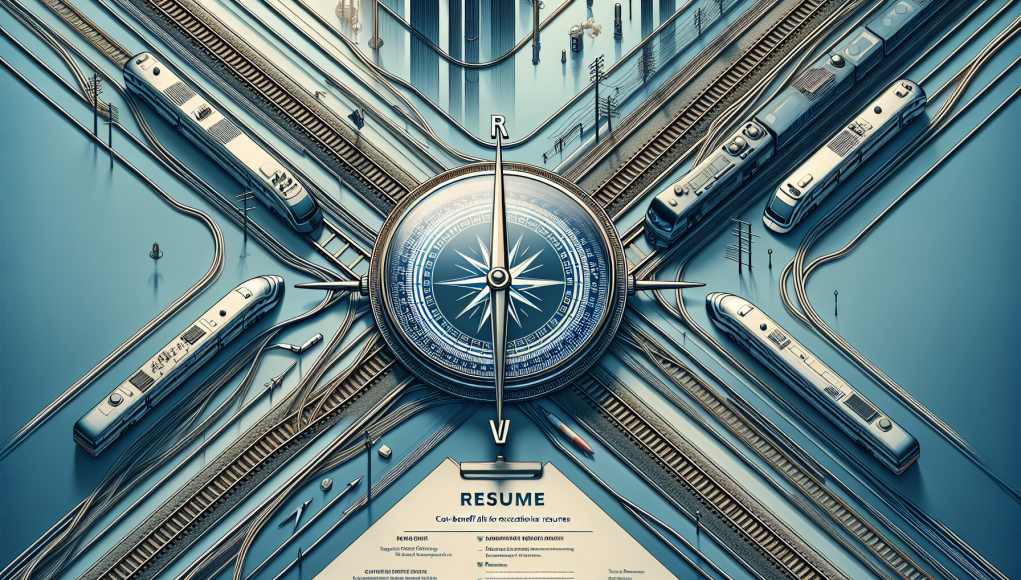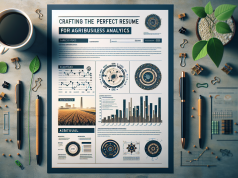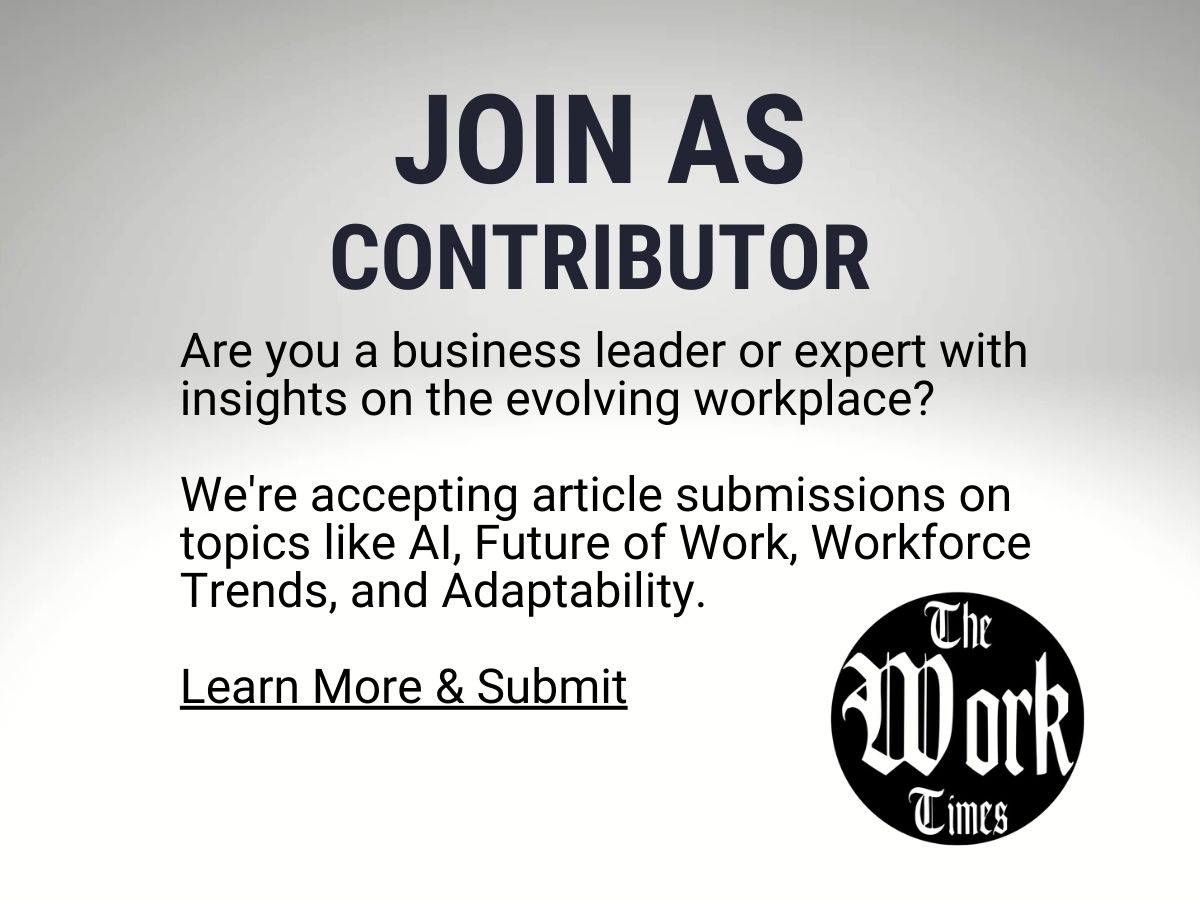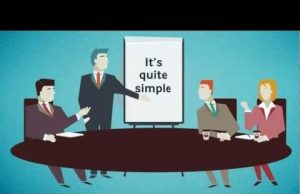Navigating the Tracks to Success: Cost-Benefit Analysis for Crafting Exceptional Transit Resumes
In the intricate world of transit, where precision and reliability are cornerstones of success, crafting a resume that stands out can be as challenging as orchestrating a seamless network of buses and trains. For transit professionals, creating a resume that not only captures ones experience and skills but also resonates with the industrys demands is crucial. This is where the power of cost-benefit analysis comes into play.
Understanding Cost-Benefit Analysis in Resume Writing
Cost-benefit analysis, a tool widely used in transit project planning, involves weighing the benefits of an initiative against the costs involved. When it comes to resume writing, this approach can help professionals identify which elements to emphasize to make their application more compelling while minimizing unnecessary details that might detract from their core message.
1. Identifying Key Benefits
The first step for transit professionals is to identify the core benefits they bring to potential employers. Consider the unique skills and experiences that align with the needs of the transit industry, such as familiarity with transit technologies, project management expertise, or experience in sustainability initiatives.
Highlighting quantifiable achievements, such as successfully managing projects that improved efficiency or led to cost reductions, can be particularly impactful. Remember, the benefits you showcase should be tailored to reflect the priorities of the organizations you aspire to join.
2. Evaluating Costs – Prioritizing Impact Over Volume
While it might be tempting to include every detail of your career history, its essential to evaluate the costs associated with overwhelming potential employers with information. Focus on the elements of your experience that provide the greatest return on investment, emphasizing quality over quantity.
By trimming down less relevant information, transit professionals can create a resume that is concise and focused, making it easier for hiring managers to see the value you bring to their team.
3. Aligning Benefits with Organizational Goals
Transit agencies are continually evolving to meet new challenges, from integrating cutting-edge technologies to enhancing passenger experience. Understanding the strategic goals of your target organizations and aligning your resume to reflect how your skills and experiences support these objectives can provide a significant edge.
Research the specific needs and aspirations of the transit agencies you are interested in, and tailor your resume to illustrate how your unique contributions would help achieve these goals.
The Strategic Use of Keywords
In todays digital age, many organizations use Applicant Tracking Systems (ATS) to filter resumes. This makes the strategic use of industry-specific keywords an essential part of cost-benefit analysis. Incorporate relevant terms and phrases that reflect the job description and the broader transit industry to ensure your resume gets noticed.
Conclusion: A Winning Formula
For transit professionals, a resume is more than a summary of past roles; it is a strategic document that conveys your potential impact on future projects and initiatives. By applying the principles of cost-benefit analysis, you can craft a resume that not only captures your unique strengths but also resonates deeply with the specific needs of the transit industry.
Remember, in the fast-paced world of transit, the right resume can set you on the track to a thriving career, ensuring youre not just part of the journey but driving it forward.











